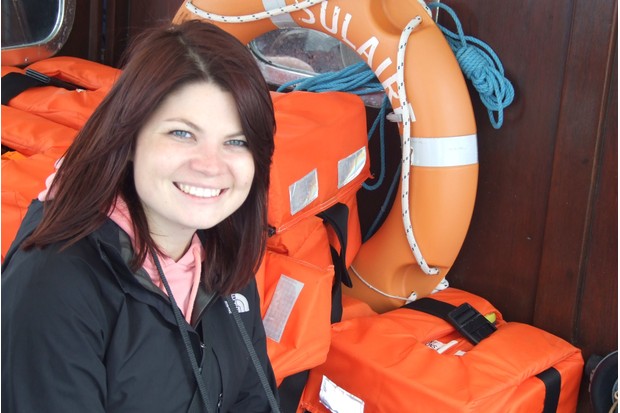1778 European colonisation begins with the arrival of the First Fleet.
1798 John Price becomes the first European to record koalas during an expedition to the Blue Mountains.
1802 First evidence of koala obtained when a French explorer swaps spears and a tomahawk for two koala feet.
1803 The first whole koala specimens are captured.
1814 The koala is given the scientific name Phascolarctos cinereus, meaning ‘ash-grey pouched bear’, by French and German naturalists.
1844 Increases in koala numbers are linked to the demise of Aboriginal populations.
1881 The first living koala arrives in Britain, purchased by the Zoological Society of London.
Early 1900s Approximately 3 million koala pelts go to market during the early 1900s and as many as 10 million are thought to be shot during this time.
1919 A six-month open season on koala hunting yields an estimated one million skins.
1924 With koalas extinct in Victoria and South Australia, authorities start translocations from small populations on French Island and Phillip Island back to the mainland.
1930 President Hoover bans the import of koala skins into the US, effectively extinguishing demand and bringing the end to koala hunting.
1934 Frederick Lewis, the chief inspector of game, says that the formerly abundant animal is nearly extinct in the state of Victoria, estimating that only 500–1,000 remain.
Post–WWII Tourism to Australia increases and koalas are exported to zoos overseas, as the animal’s international popularity rises.
1980s Koalas are seen dropping out of trees during a sustained heat wave.
2000 Australia ranks fifth in the world for deforestation rates, having cleared 564,800ha. The koala’s geographical range has shrunk by more than 50 per cent since European arrival.
2009 Bushfires see koalas coming to ground to source water from gardens and even passing cyclists.
2012 The Australian government lists the koala as ‘Vulnerable’. Research shows population declines of 40 per cent in Queensland and 33 per cent in New South Wales.
Future Will a koala protection act or focus on climate refugia prevent threatened local extinctions?
One of the world’s species most at risk from climate change, the koala is suffering a plummeting population as urban sprawl eats into key habitat.
